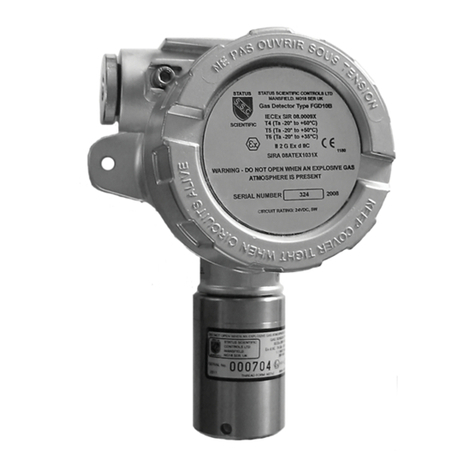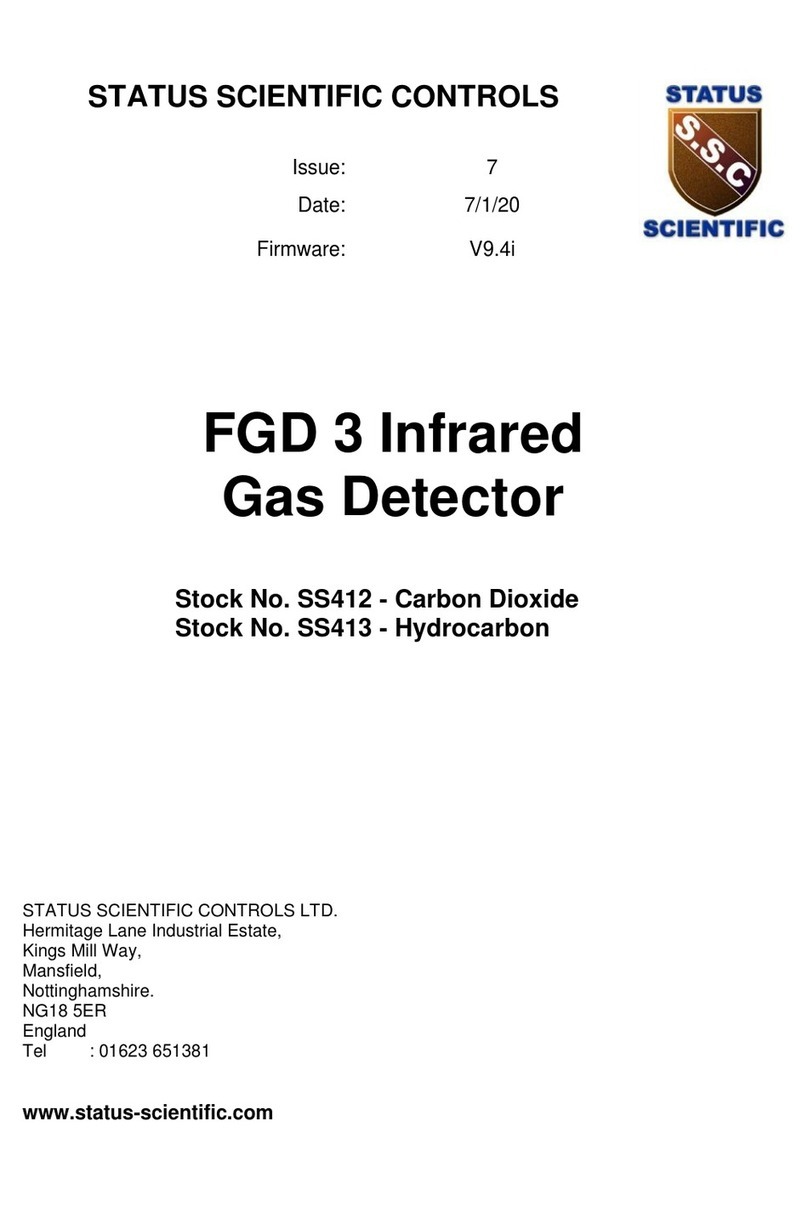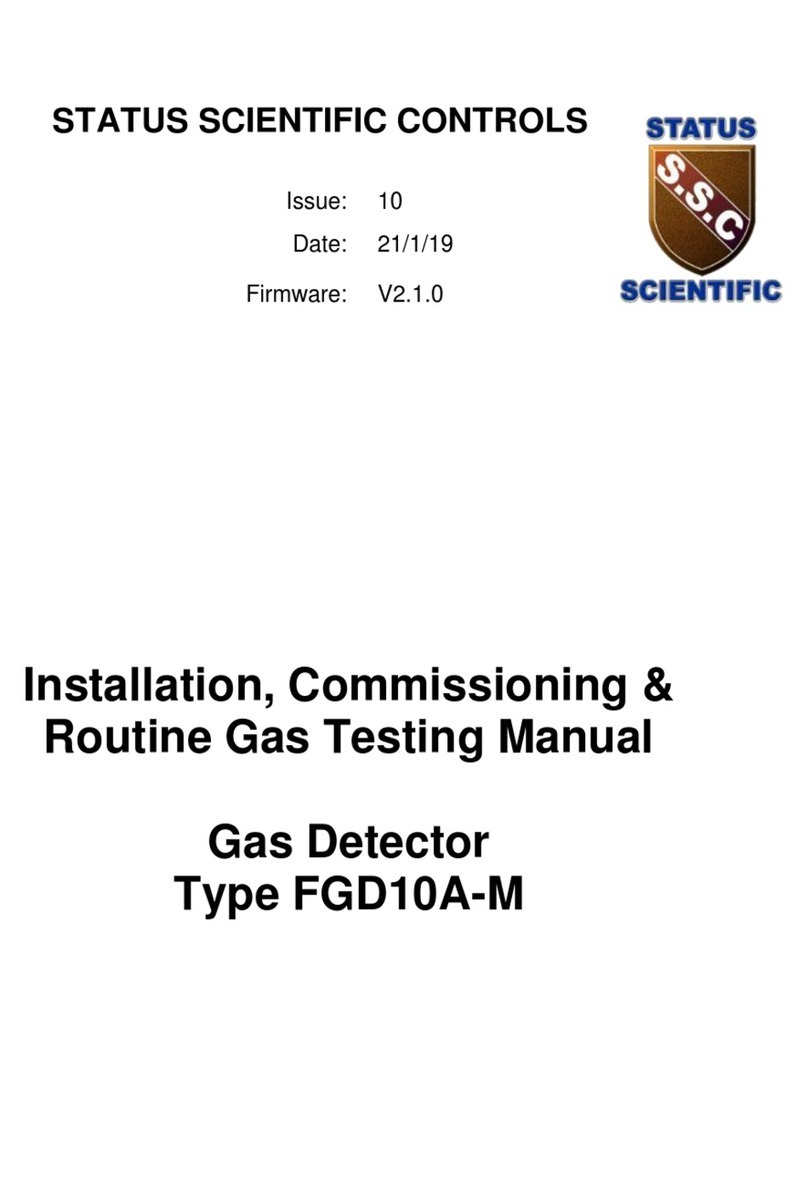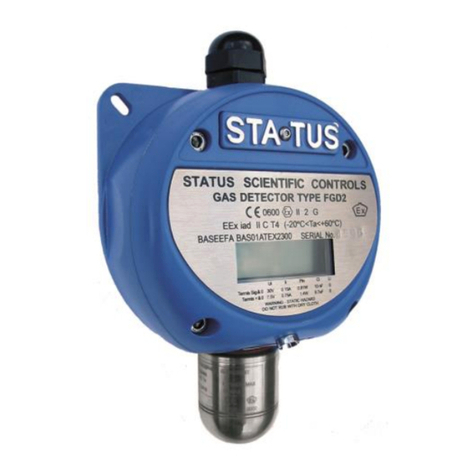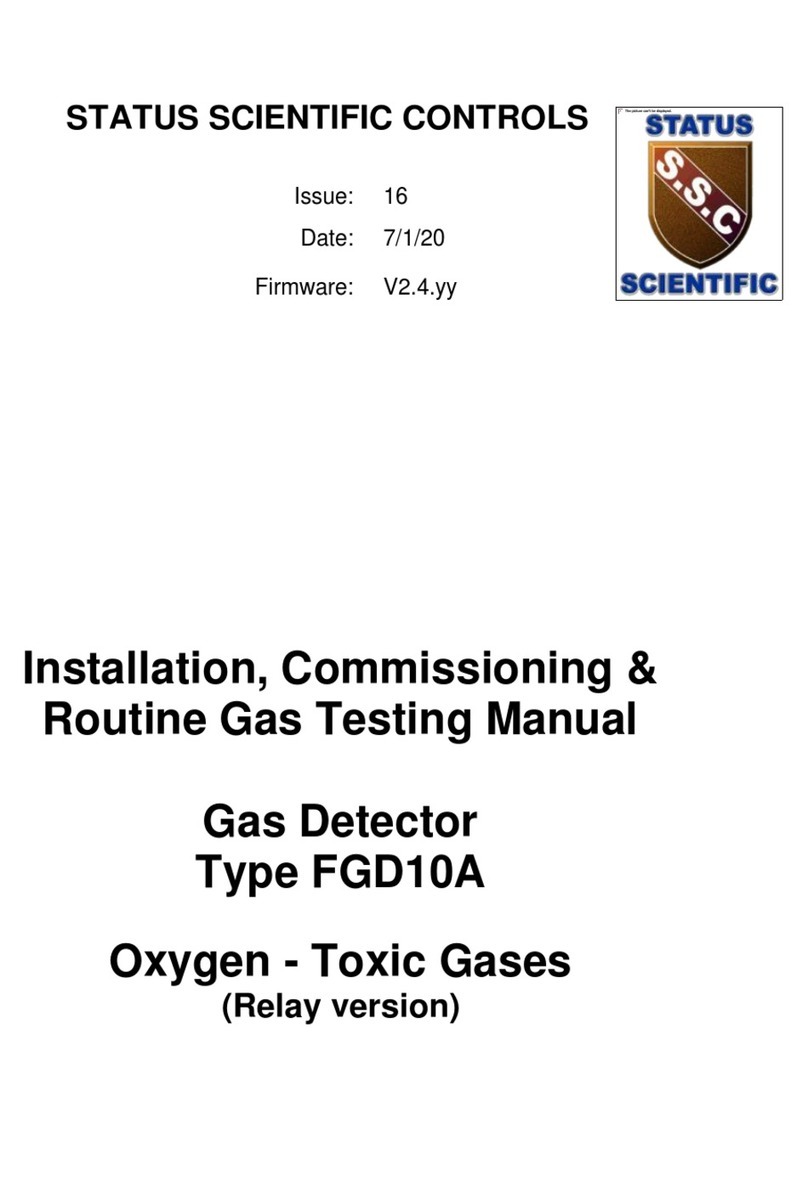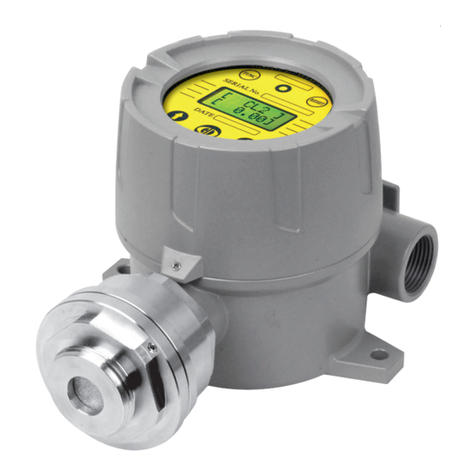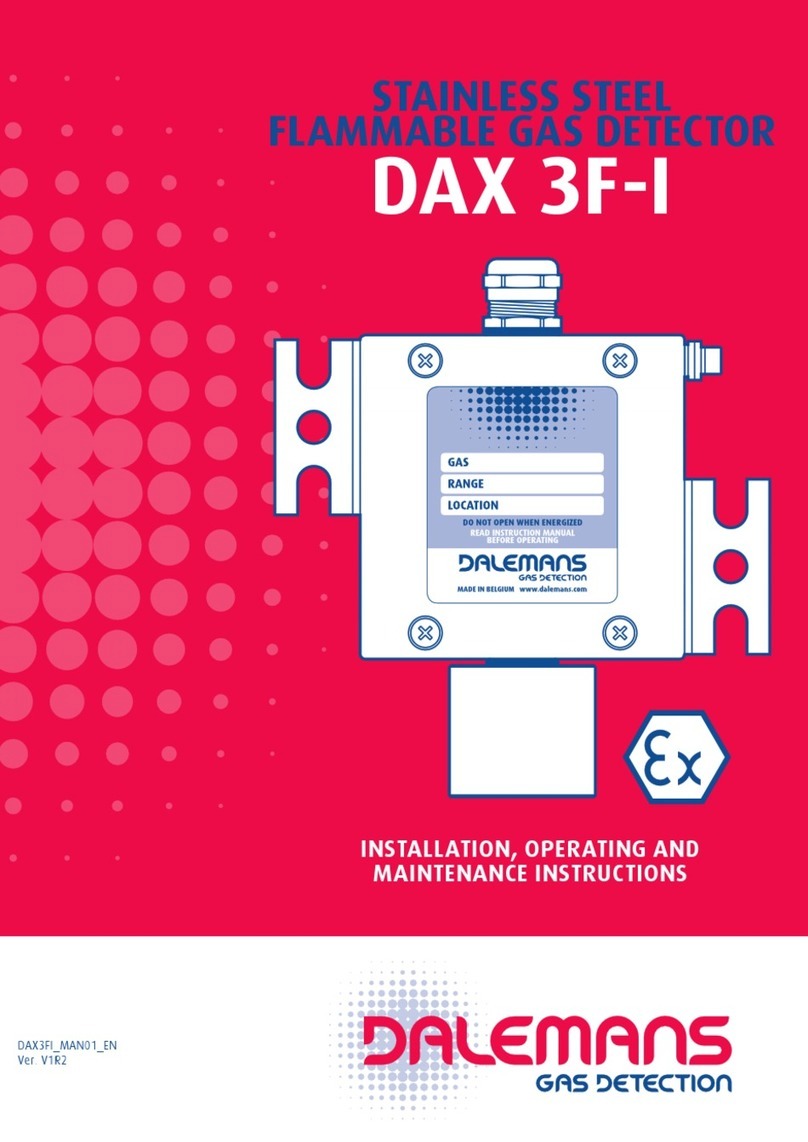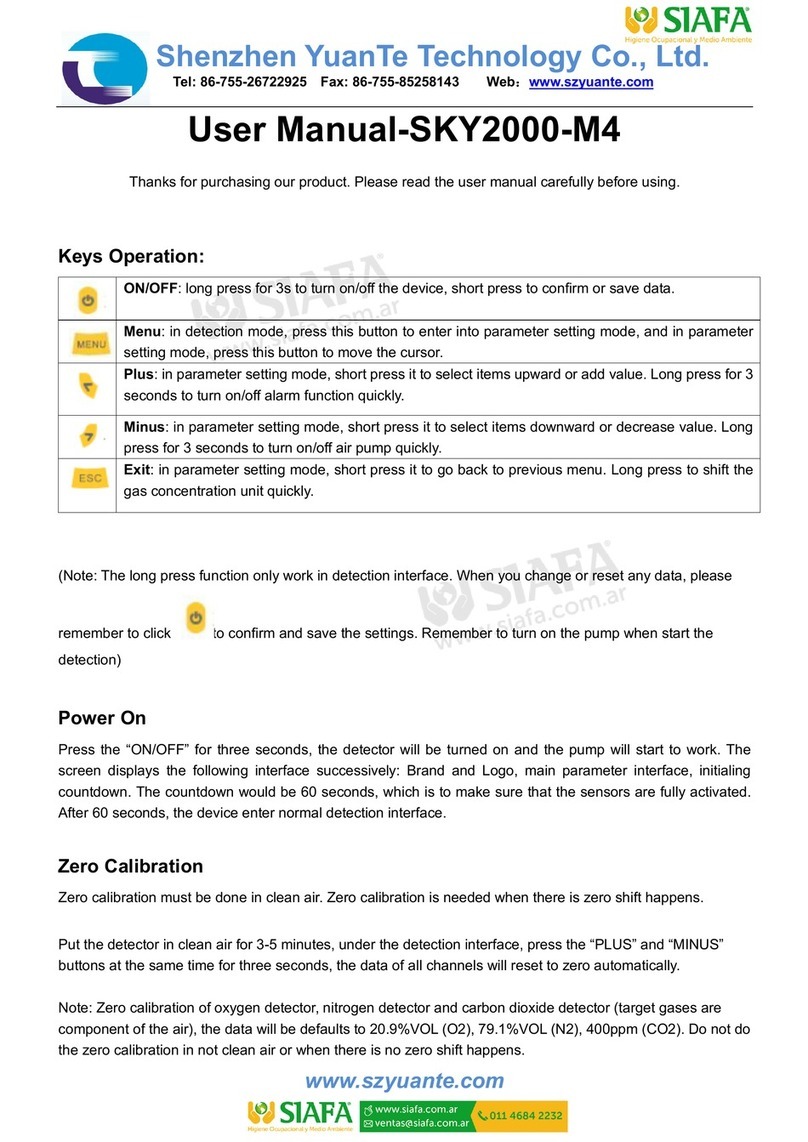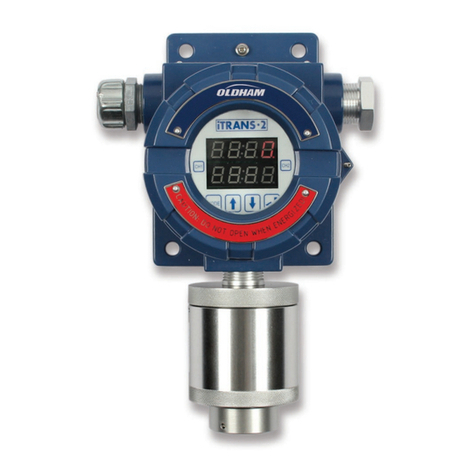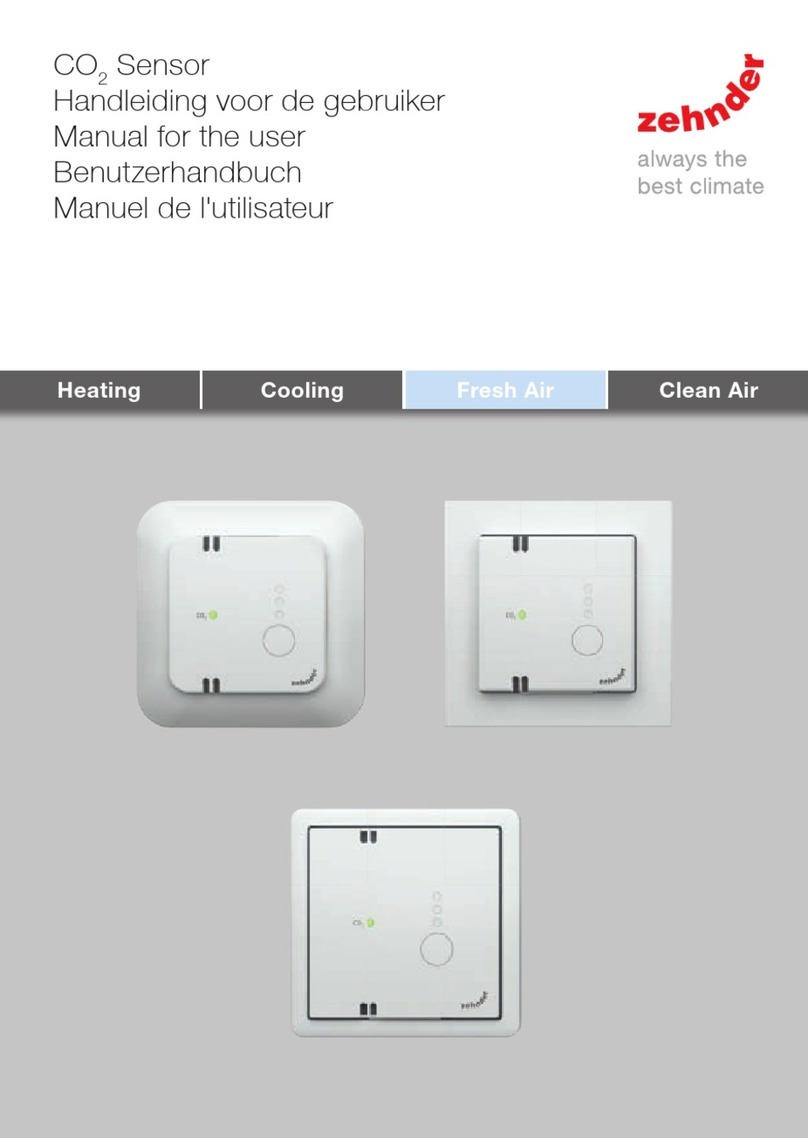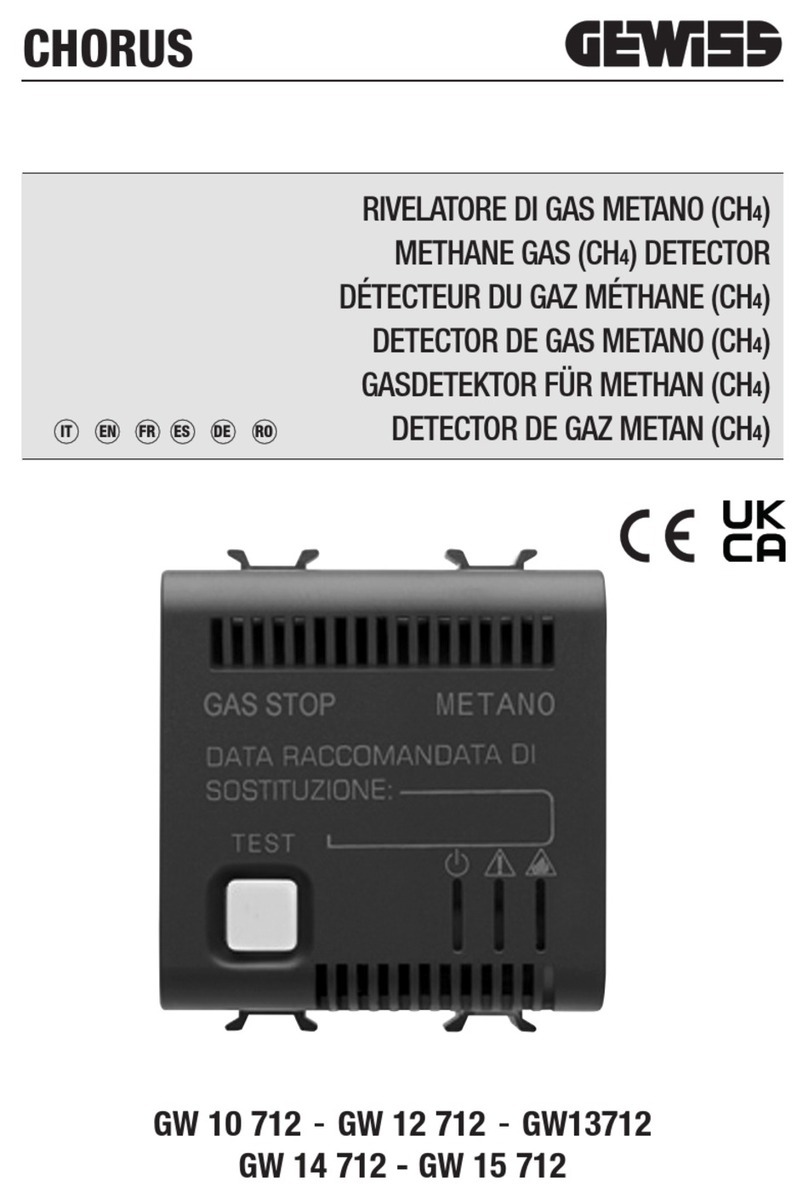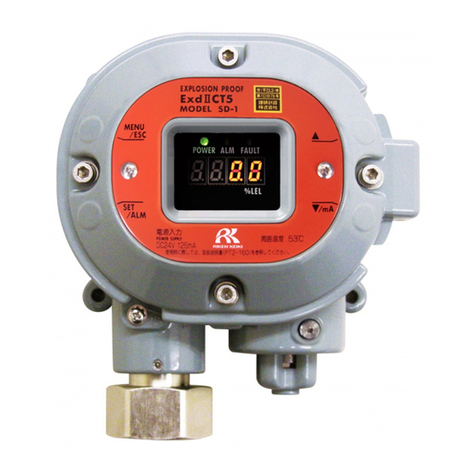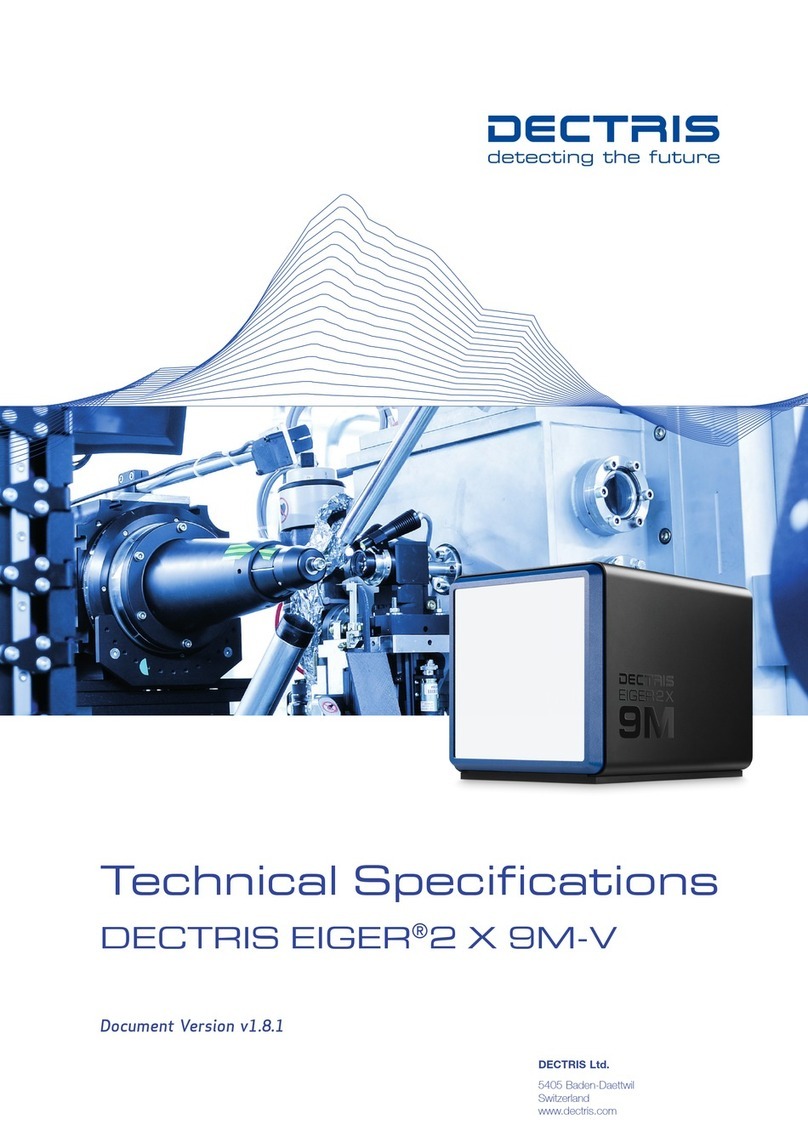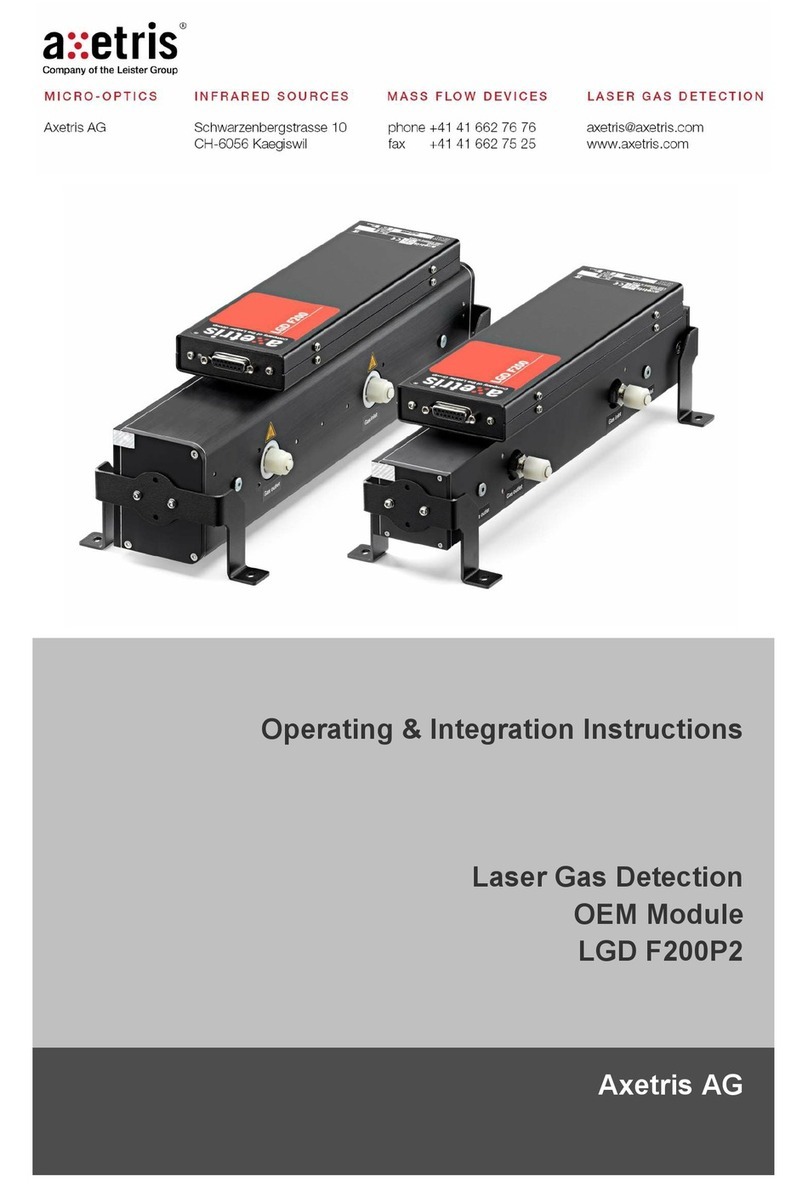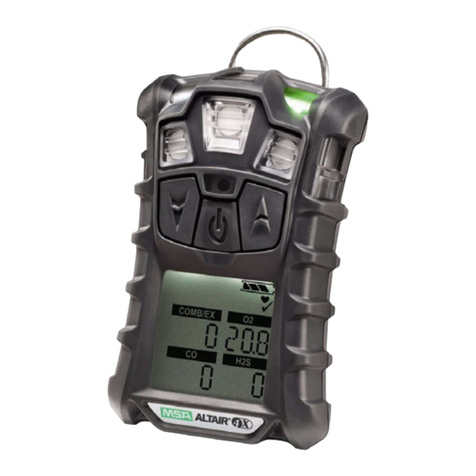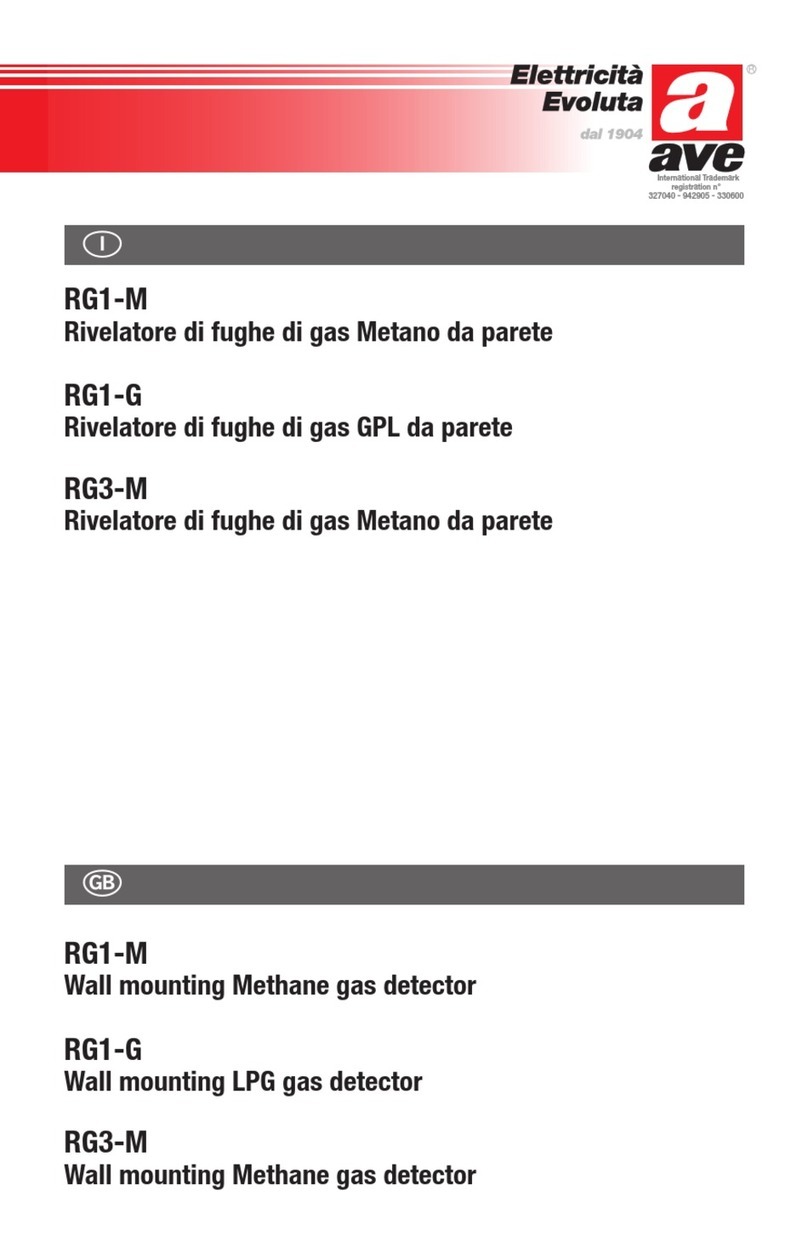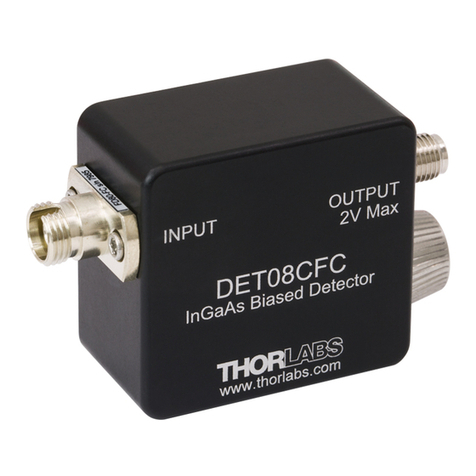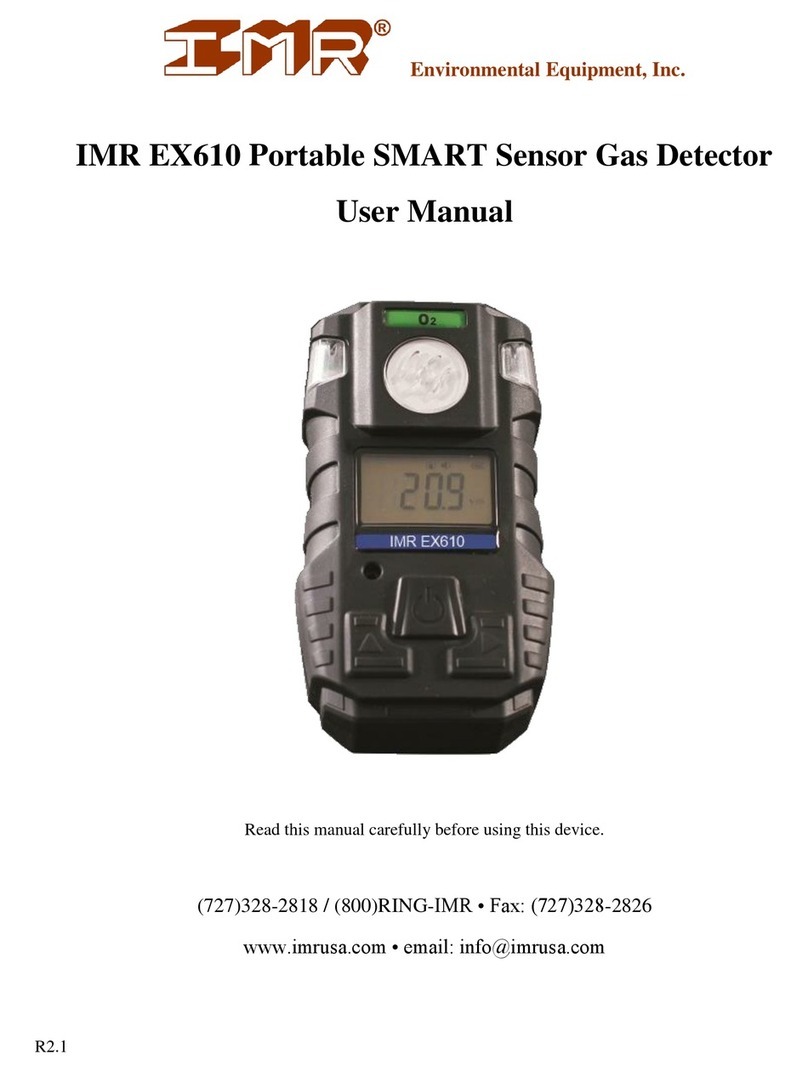CONTENTS
1. PACKAGE CONTENTS ......................................................................6
2. SCOPE OF THE MANUAL..................................................................6
3. DESCRIPTION....................................................................................7
3.1. GAS TYPES .................................................................................7
4. INSTALLATION ..................................................................................8
4.1. CABLE ENTRIES...........................................................................8
4.2. FGD4 CONNECTIONS...................................................................8
4.3. WIRING DETAILS..........................................................................9
4.3.1. FGD4 Toxic current sink ...................................................................... 9
4.3.2. FGD4 Toxic current source.................................................................. 9
4.3.3. FGD4 Infrared current sink................................................................. 10
4.3.4. FGD4 Infrared current source ............................................................ 10
5. COMMISSIONING.............................................................................11
5.1. APPLYING POWER......................................................................11
6. INITIAL GAS TESTING.....................................................................12
6.1. ZERO GAS.................................................................................12
6.2. TEST GAS .................................................................................14
6.2.1. Gas connection points........................................................................ 14
6.2.2. Sampling time..................................................................................... 14
6.2.3. Suggested calibration gas levels. ...................................................... 14
7. CALIBRATION..................................................................................15
7.1. SENSOR ZERO ..........................................................................15
7.2. SENSOR SPAN ..........................................................................16
7.3. CALIBRATION /CONFIGURATION KEYPAD.....................................17
7.4. MENU MODE SELECTION............................................................19
7.4.1. E : 1 –Sensor Zero............................................................................ 20
7.4.2. E : 2 –Sensor Span........................................................................... 20
7.4.3. E : 3 –Sensor Fsd.............................................................................. 20
7.4.4. E : 4 –Output Zero (4mA).................................................................. 20
7.4.5. E : 5 –Output Span (20mA)............................................................... 20
7.4.6. E : 8 –Factory restore........................................................................ 21
7.4.7. E : 9 –Engineer diagnostics .............................................................. 21
7.4.8. E : 17 –Sensor gain........................................................................... 22
7.4.9. E : 19 –Positive Zero Suppression.................................................... 23
7.4.10. E : 20 –Negative Zero Suppression.................................................. 23
7.4.11. E : 25 –Positive Zero Temperature Compensation .......................... 24
7.4.12. E : 34 –Positive Span Temperature Compensation ......................... 24
7.4.13. E : 35 –Negative Span Temperature Compensation........................ 24
7.4.14. E : 36 –Positive Zero Temperature Compensation .......................... 24
7.4.15. E : 77 –Firmware Version.................................................................. 24
8. CALIBRATION..................................................................................25
8.1. SENSOR CALIBRATION ...............................................................25
8.1.1. Sensor Zero........................................................................................ 25
8.1.2. Sensor Span....................................................................................... 26




















